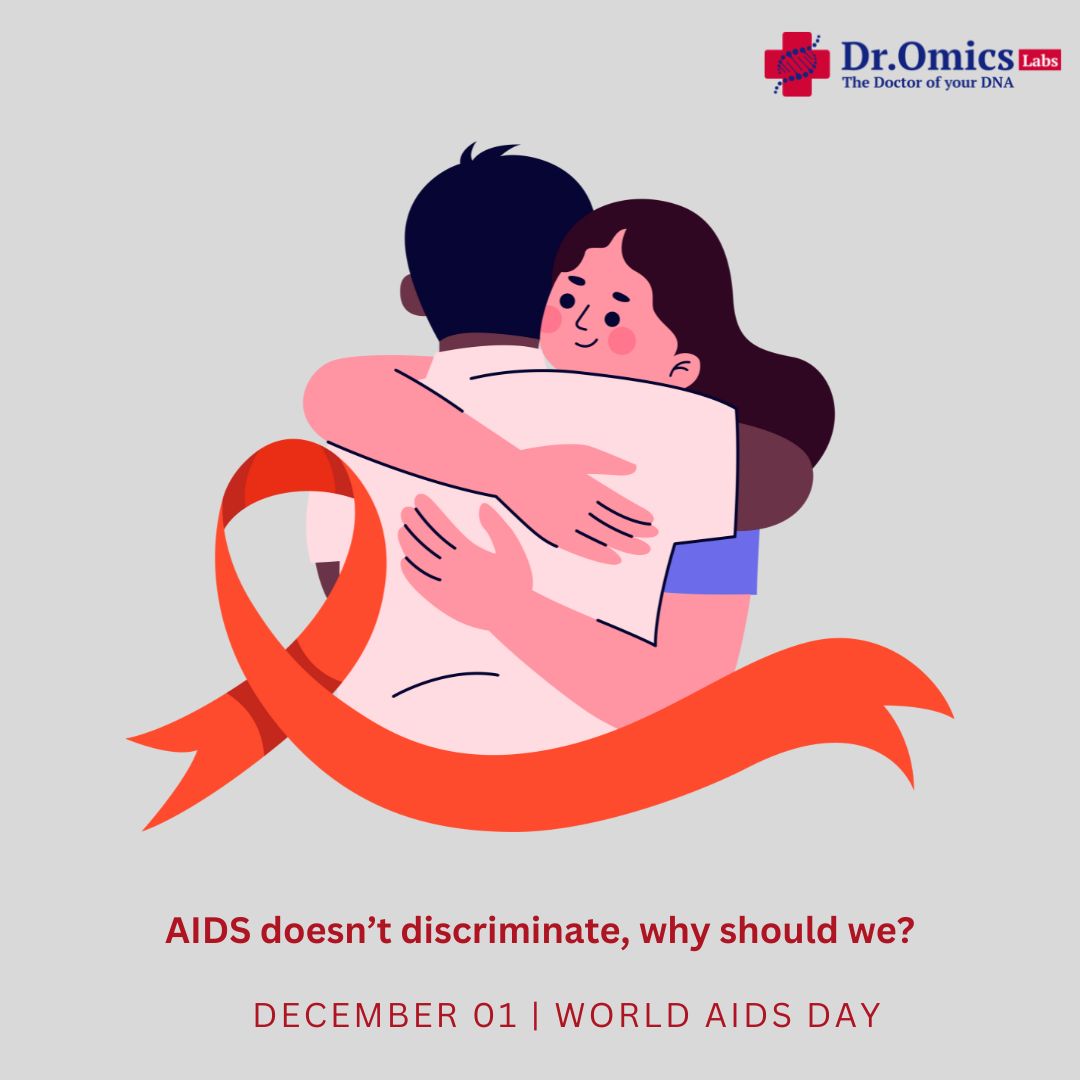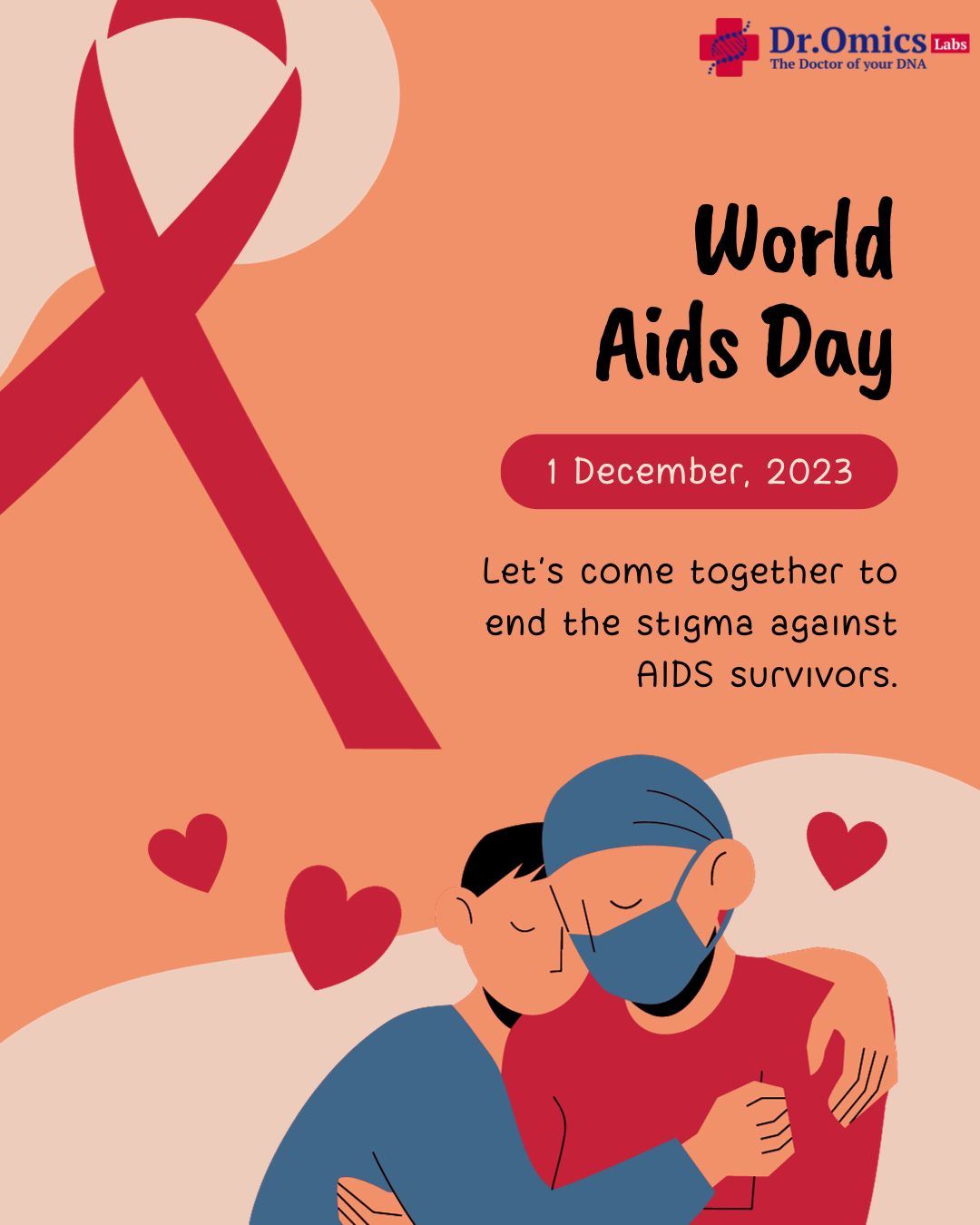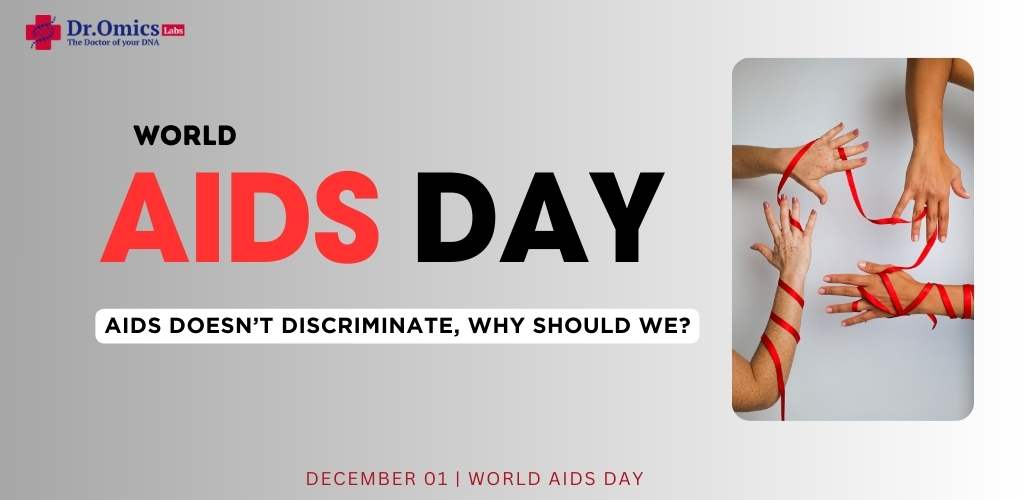The biggest misconception among people about AIDS is that it is caused by sexual contact and that once someone contracts it, they can pass it on through mere touch. To dispel this myth, UNESCO, along with our leaders and doctors, has consistently conducted campaigns. Awareness is crucial because AIDS is a deadly disease, and together, we can combat it. Every year, December 1 is observed as World AIDS Day, and this year, on December 1, 2023, we celebrate it once again. In this awareness blog, we will provide you with information on World AIDS Day, including awareness, slogans, themes, and posters, to help you understand the significance of this day. Let’s unite and fight against diseases like AIDS together. So, let’s get started.
What is AIDS
AIDS, or Acquired Immunodeficiency Syndrome, is a serious viral infection caused by the Human Immunodeficiency Virus (HIV). HIV damages the immune system, due to which the person has to face various diseases and infections.
Many people mistakenly equate AIDS and HIV, this misconception needs to be corrected first.
Difference between AIDS and HIV
HIV is a virus that can be transmitted through someone’s blood, sperm, vaginal fluids, anal fluids, and breast milk. When a person is infected with HIV, his immune system gradually weakens. The initial stage of HIV infection is called Human Immunodeficiency Virus (HIV) Infection.
AIDS is diagnosed when HIV infection progresses to an advanced stage and the person’s immune system is so damaged that they become vulnerable to opportunistic infections (which people with normal immune systems do not get sick) and cancers. AIDS means that the immune system has become so weak that the person can easily get any infection or disease.
It means HIV is a Virus and AIDS is a disease that is caused by HIV.
Reasons of HIV
HIV is mainly spread through
- Unprotected sex (without condoms),
- Shared use of infected injection (needles),
- Use of infected blood or blood products (such as unsafe blood transfusion), and
- Transmission from infected mother to newborn baby.
HIV is a retrovirus that targets important cells of the immune system, called CD4 cells. Due to this the immune system defense of the infected person gradually weakens.
Symptoms of HIV/AIDS
HIV (Human Immunodeficiency Virus) and AIDS (Acquired Immunodeficiency Syndrome) exhibit distinct symptoms, and it’s important to differentiate between the two stages.
Early Symptoms of HIV:
1. Fever: Many people experience an initial flu-like illness shortly after contracting HIV, including symptoms like fever.
2. Fatigue: Persistent and unexplained fatigue is a common early symptom.
3. Swollen Glands: Enlarged lymph nodes, especially in the neck, armpit, or groin areas.
4. Sore Throat: This can be a symptom in the early stage of HIV infection.
5. Muscle and Joint Pain: Aches and pains in the muscles and joints.
6. Skin Rash: Some individuals may develop a red rash, often on the trunk of the body.
7. Headache: Persistent and severe headaches are reported by some individuals.
It’s important to note that these symptoms can resemble those of other common illnesses, so experiencing them doesn’t necessarily mean HIV infection.
Advanced Symptoms of AIDS:
As HIV progresses to AIDS, the immune system becomes severely damaged, leading to more severe symptoms and opportunistic infections. These can include:
1. Persistent Diarrhea
2. Weight Loss
3. Persistent Cough and Shortness of Breath
4. Recurring Fever and Night Sweats
5. Blurred Vision or Vision Loss
6. White Spots or Unusual Lesions on the Tongue or in the Mouth
7. Chronic Fatigue
8. Pelvic Inflammatory Disease (in Women)
9. Memory Loss, Depression, or Neurological Disorders
It’s crucial to understand that the progression from HIV to AIDS can take several years, especially with proper medical care and antiretroviral treatment. Regular testing, early diagnosis, and appropriate medical care significantly improve outcomes for individuals living with HIV. If someone is concerned about potential HIV exposure or is experiencing symptoms, it is advisable to seek medical advice and get tested.
Treatment and prevention of HIV:
There is currently no complete cure for HIV/AIDS, but antiretroviral therapy (ART) can control its symptoms and prevent progression. Yes, preventive measures like
- Safe sex practices,
- Clean injection practices, and
- Safe blood transfusion can prevent the spread of HIV.
Therefore, through the medium of information and awareness, efforts are being made to tell people the true meaning of HIV/AIDS and how to avoid it.
Above, we read about AIDS and HIV, understanding what they are, how they occur, preventive measures, and the treatment for AIDS. Today is World AIDS Day, and it is also your responsibility too to raise awareness about AIDS. Together, we can achieve freedom from this disease.
Why World Aids Day celebrated
World AIDS Day is observed on December 1st every year to raise awareness about the global HIV/AIDS epidemic. The day serves multiple purposes:
1. Raise Awareness: World AIDS Day aims to educate people worldwide about HIV/AIDS, dispel myths and misconceptions, and promote understanding of the disease.
2. Show Support for People Living with HIV: The day is an opportunity to express solidarity with those living with HIV/AIDS and to demonstrate support for individuals and communities affected by the virus.
3. Commemorate Those We Have Lost: World AIDS Day is a time to remember and honor the lives lost to HIV/AIDS. It provides a space for reflection and remembrance.
4. Encourage Testing and Prevention: The day encourages people to get tested for HIV, promoting early diagnosis and access to treatment. It also emphasizes preventive measures, such as safe sex practices and the use of condoms.
5. Advocate for Continued Research and Funding: World AIDS Day serves as a platform to advocate for ongoing research, funding, and efforts to find a cure for HIV/AIDS.
By dedicating a specific day to HIV/AIDS awareness, the global community aims to unite in the fight against the epidemic, reduce stigma, and work towards ending the spread of the virus.
Slogans for World AIDS Day
Here are 10 slogans for World AIDS Day – Use this Slogans to spread awareness against AIDS
Top 10 Slogans for World AIDS DAY
1. End stigma, end AIDS
2. Knowledge is power, know your status
3. Stand up for human rights, stand up for AIDS awareness
4. Fight AIDS, not people with AIDS
5. AIDS affects everyone, everywhere
6. No one should die of ignorance
7. AIDS doesn’t discriminate, why should we?
8. Together we can end AIDS
9. Spread awareness, not the virus
10. AIDS is preventable, knowledge is power
Poster for World AIDS DAY
We, at Dr. Omics, are built with the aim of making India disease-free. Today is World AIDS Day, and we are very excited. Therefore, we invite you to be a part of our excitement and share these posters on your social media to spread awareness about AIDS on World AIDS Day.



Download – Poster-1 of World AIDS Day Download – Poster-2 of World AIDS Day Download – Poster-3 of World AIDS Day
As we commemorate World AIDS Day, let us stand united in the global fight against HIV/AIDS. By spreading awareness, dispelling misconceptions, and promoting preventive measures, we can contribute to making the world AIDS-free. Together, we have the power to end stigma, encourage testing, and support those affected. Join us in this crucial mission towards a healthier and disease-free world. Download and share our informative posters to amplify the message. Together, we can make a difference and work towards a future where AIDS is no longer a global health threat.




